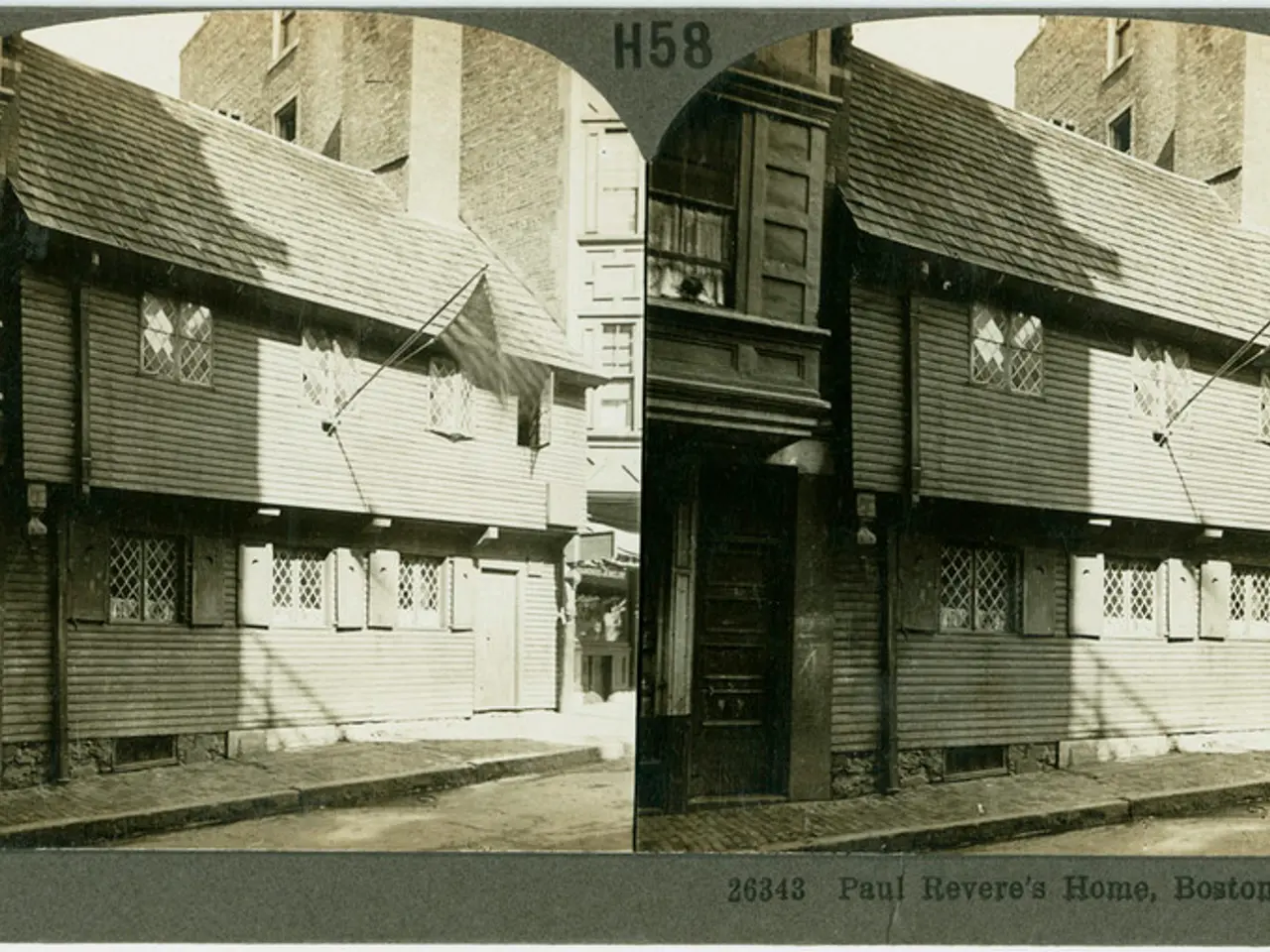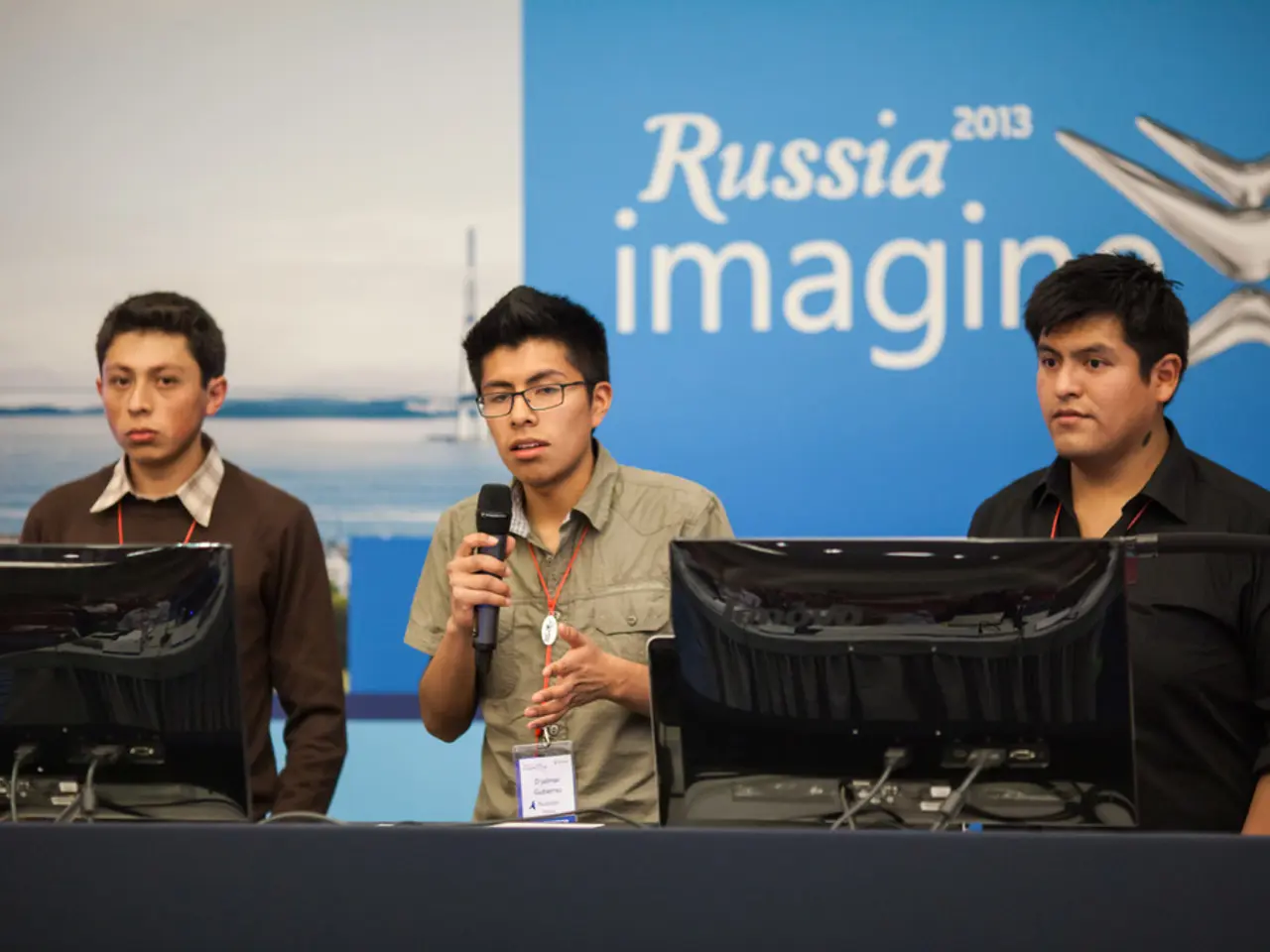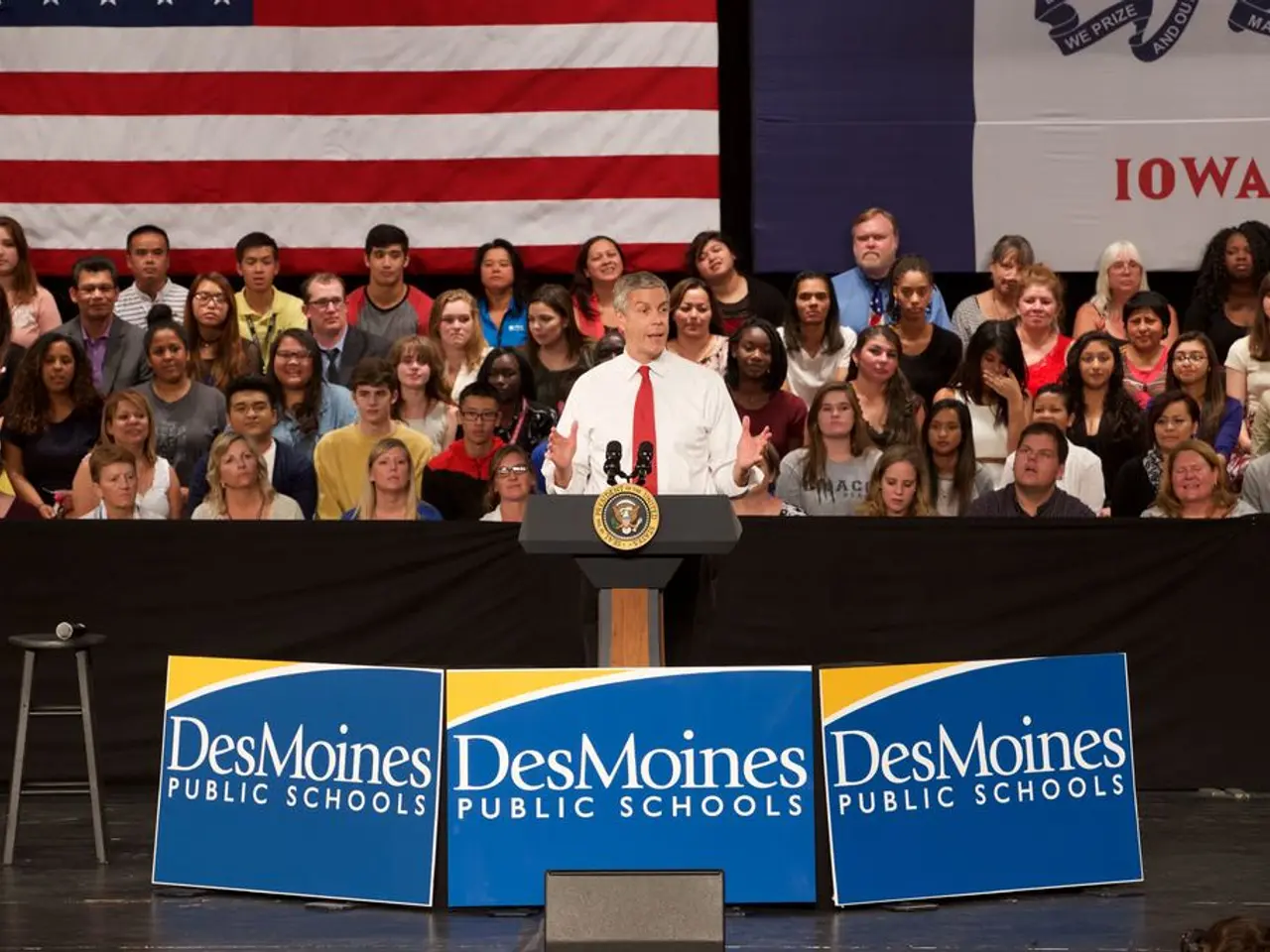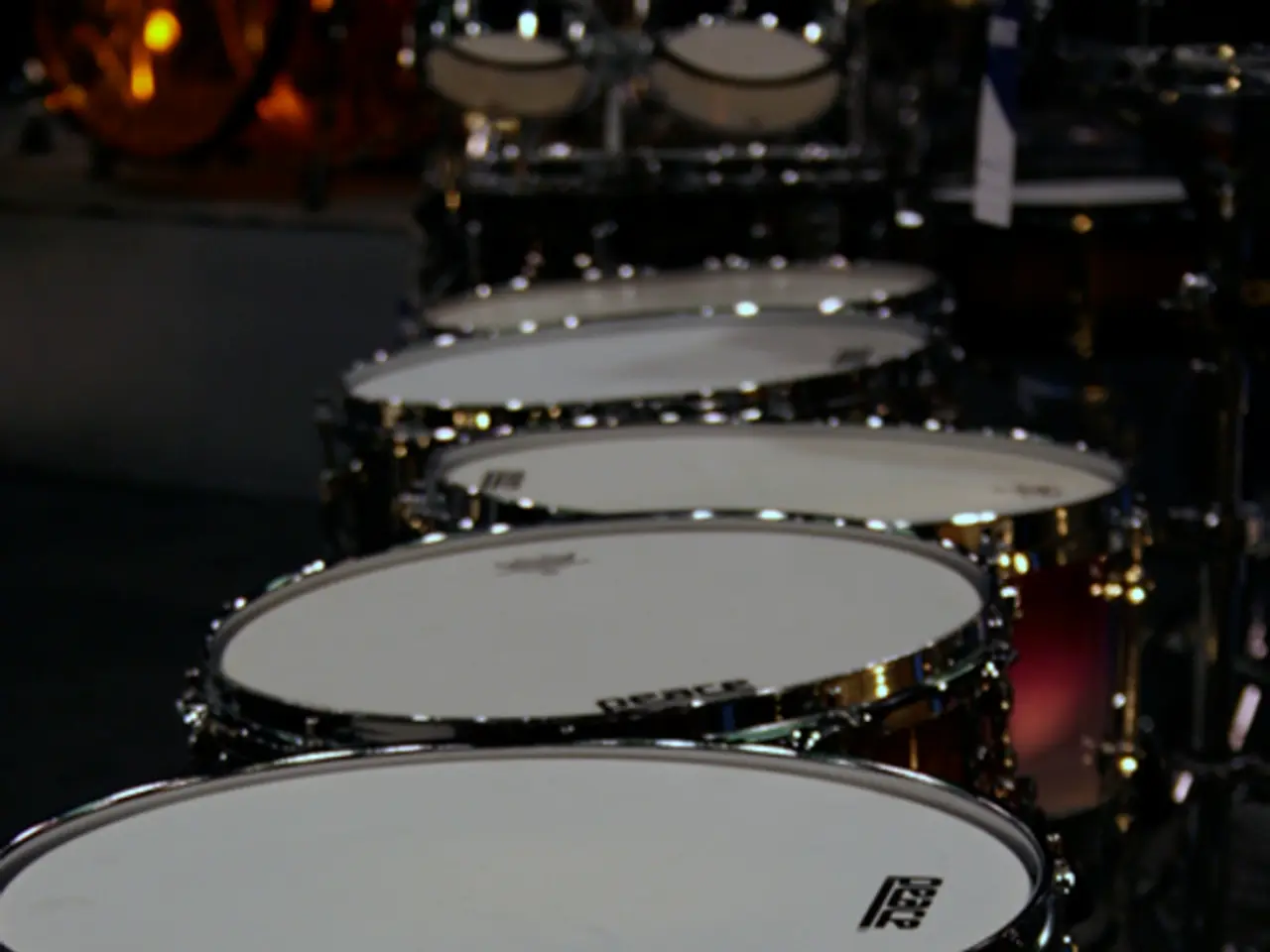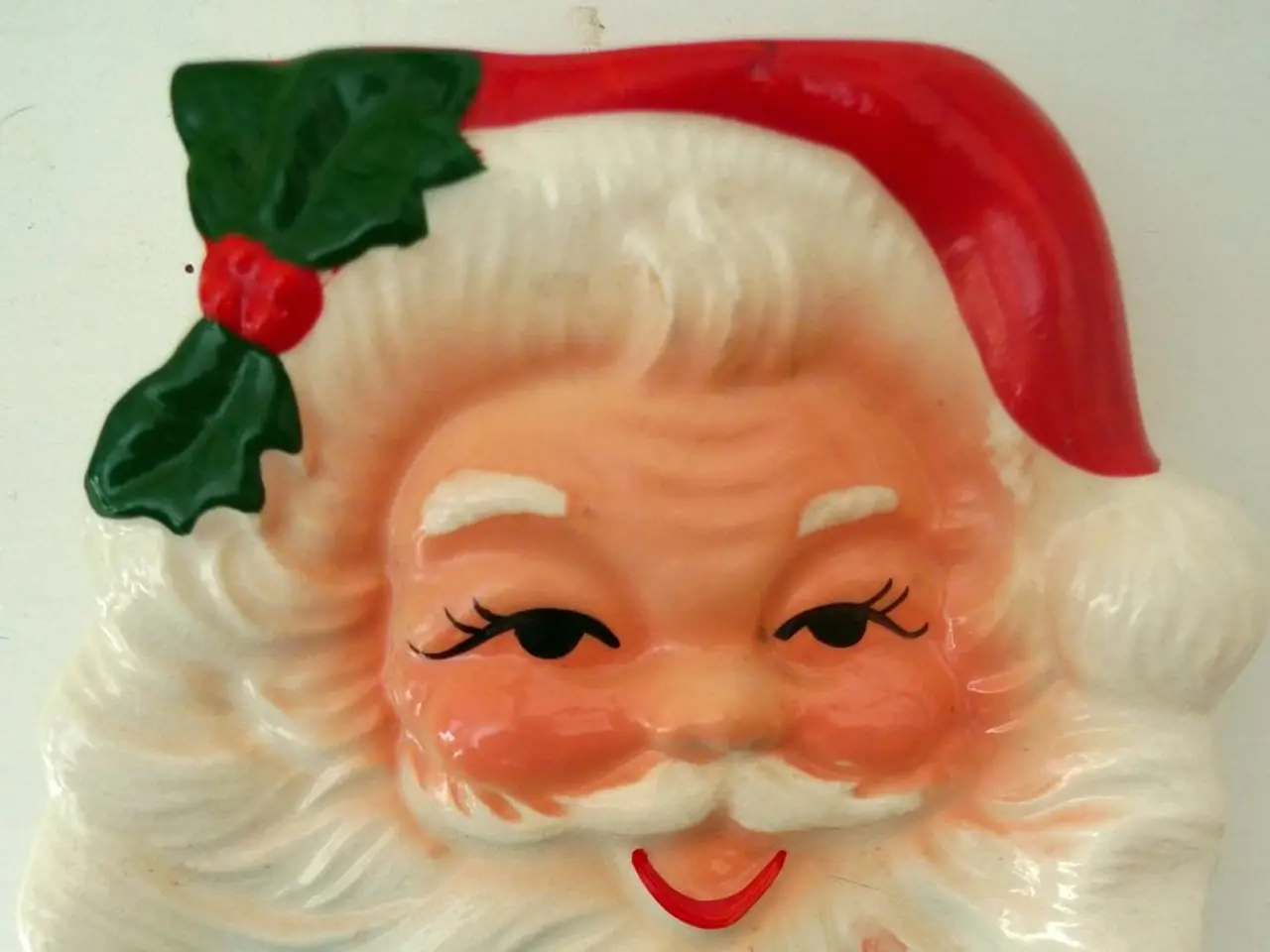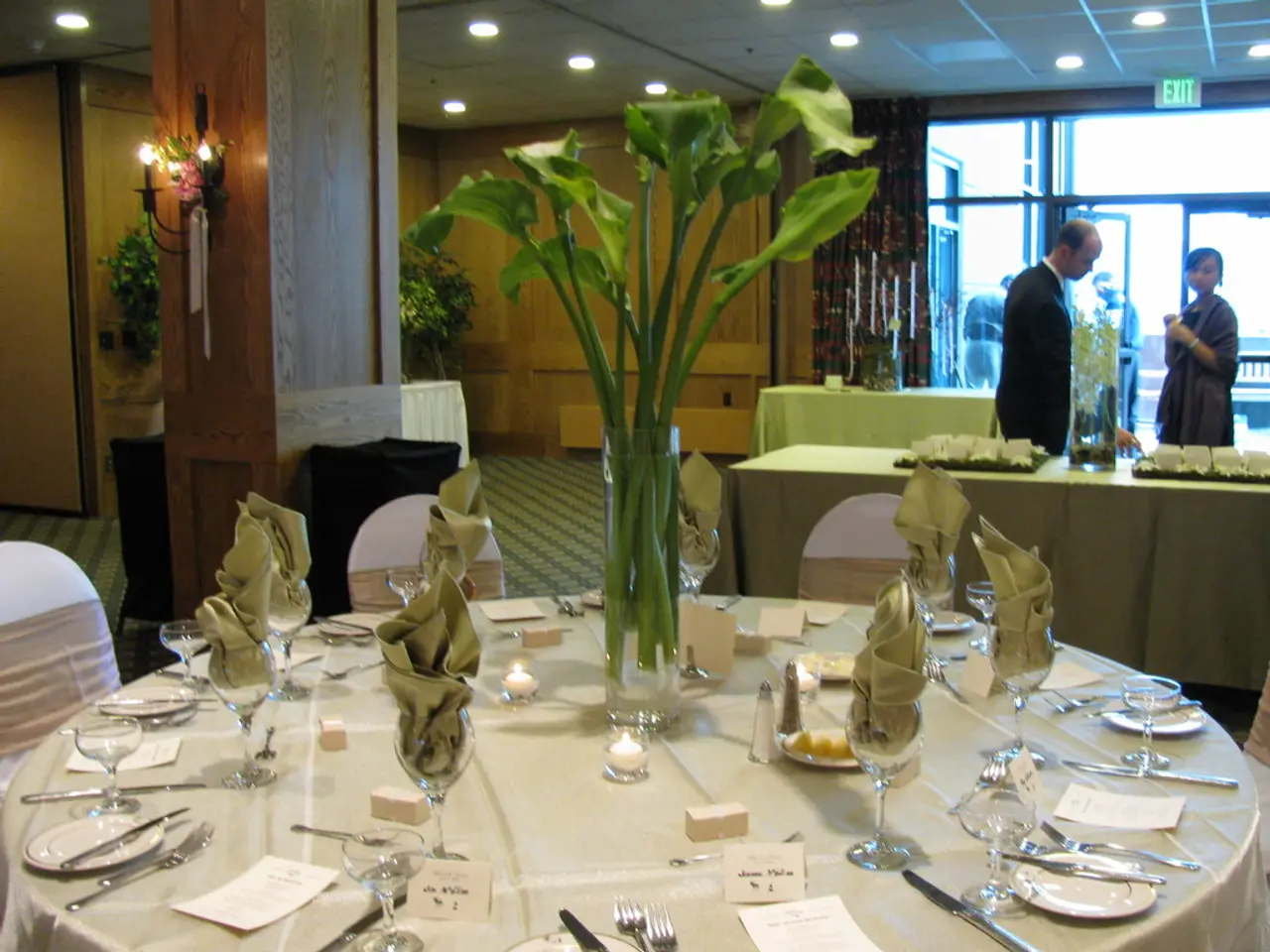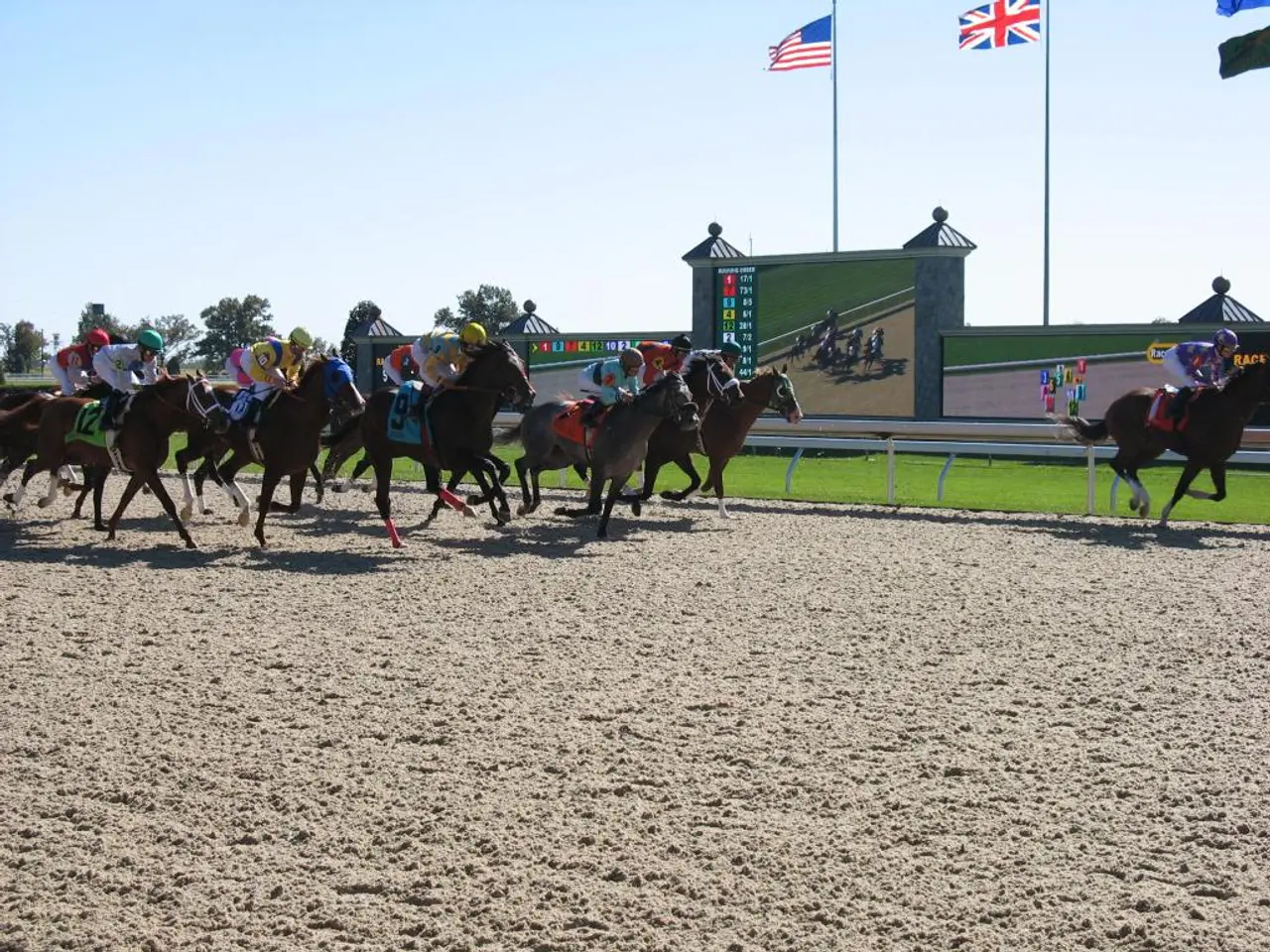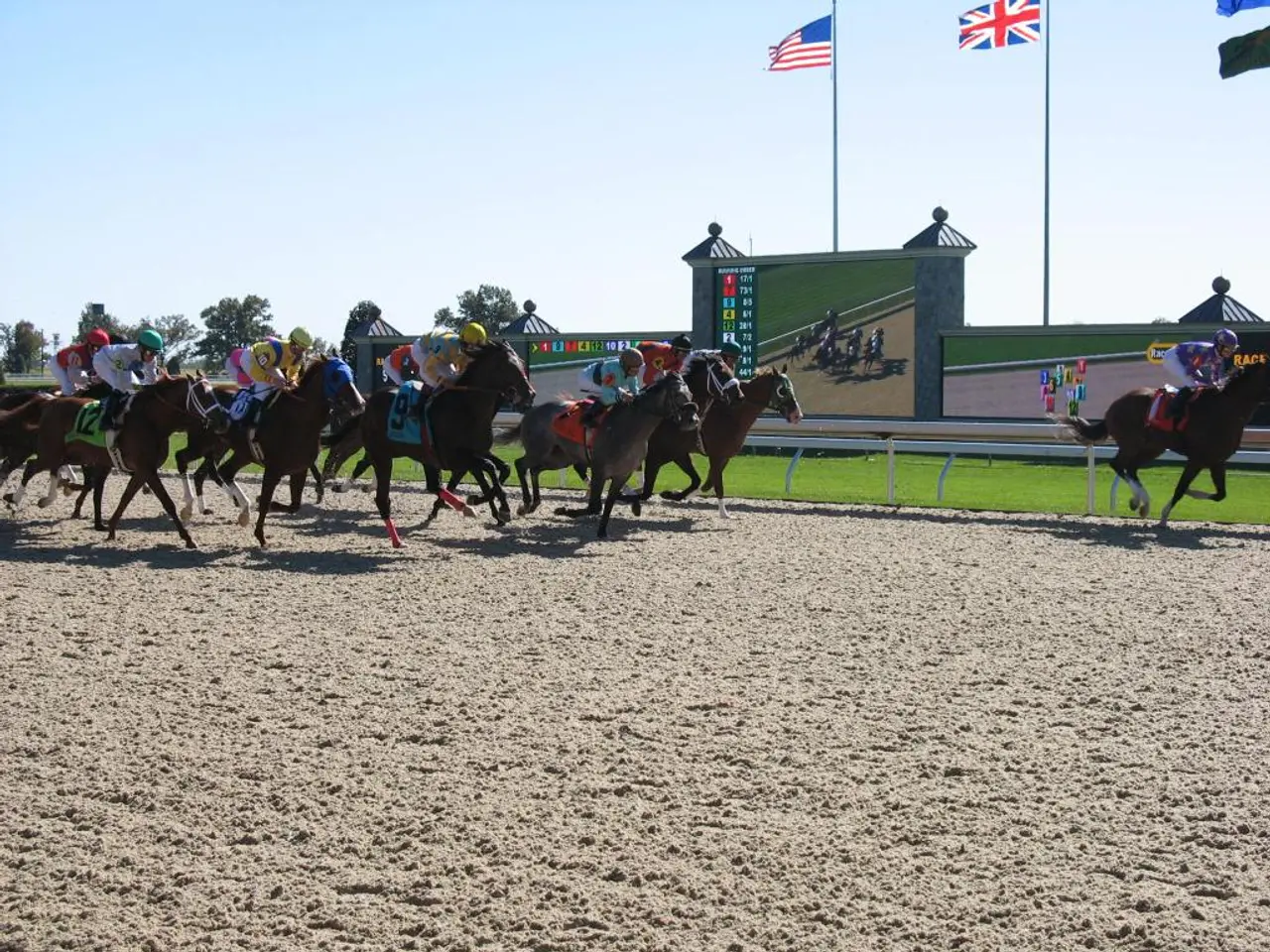Life persists, continues, or remains in existence
In the heart of the Mediterranean, the city of Beirut, Lebanon, has been a testament to resilience and survival, despite enduring the devastating effects of a civil war that lasted from 1975 to 1990. This conflict, fuelled by a complex mix of political, social, and religious tensions, left deep scars on the city and its people [1][2].
The Lebanese Civil War was primarily caused by a disproportionate political power held by Maronite Christians under the confessional system. This political imbalance, coupled with growing Muslim dissatisfaction, the presence and influence of Palestinian refugees and their militias, and external interventions by Syria and Israel, set the stage for the war [1][2].
The war deeply exacerbated relations between Muslims and Christians in Lebanon. Historically coexisting under a delicate confessional system, the conflict entrenched sectarian identities and hostilities. Maronite Christians initially held political dominance, which Muslims increasingly contested, leading to violent confrontations. During the war, militias aligned along religious and sectarian lines fought for control, contributing to mutual mistrust and social fragmentation [1][2][3].
Despite the ongoing conflict, life in Beirut continues to thrive in its own unique way. The popular neighbourhood of Nabaa, for instance, buzzes with energy, with people speaking Arabic and Armenian, rather than French, the language of the old colonial powers [4]. The city's residents, especially women, are impeccably dressed, channeling the fashion of Paris and New York, in decadent clubs in Jounié [4].
Amidst the towering condo buildings of Beirut's suburbs, oranges, avocados, vegetables, and strawberries grow, a testament to the city's enduring spirit [4]. Yet, beneath the surface, the economic situation is dire. The minimum wage in Beirut is a mere $50 Canadian per month, and a high school teacher earns only $65 [5]. A chicken costs $2 US, a baguette of bread costs 7 cents, and a large bottle of Coke costs 15 cents [5].
The old man at the Cafe de Verre stated that Muslims and Christians in Lebanon hate each other and are shooting at each other due to a war that came from elsewhere, specifically from America, the USSR, Syria, Iran, and Israel [6]. Yet, the social fabric in Beirut after 12 years of war is extraordinary and incredibly solid [7]. People can circulate safely in Beirut, even at night, unless there are bombardments [8].
The author, during a visit to Beirut, was surprised by the ordinary life and daily routine of the little people in the city, despite 12 years of total war [8]. The Lebanese middle class is dipping into their savings and there is a rage to buy and a compulsive need to consume [9]. However, the worst is yet to come in the economic crisis in Beirut [9].
Juliette Khouri, a saleswoman in a shoe store, earns the minimum wage [10]. Yet, despite the hardships, she and the people of Beirut continue to find ways to live, work, and even play, a testament to the enduring spirit of this remarkable city.
References:
[1] Khalaf, R. (1988). Lebanon: The Fragmentation of a Nation. I.B.Tauris.
[2] Khoury, A. (1997). Lebanon's Protracted Crisis: A Search for a New Political Order. Princeton University Press.
[3] Hinnebusch, R. (2009). Lebanon's War and Peace: From the Civil War to the Cedar Revolution. Lynne Rienner Publishers.
[4] Schanzer, R. (1987, March 29). The Miracle in Beirut. The New York Times, A1.
[5] Schanzer, R. (1987, March 29). The Miracle in Beirut. The New York Times, A1.
[6] Schanzer, R. (1987, March 29). The Miracle in Beirut. The New York Times, A1.
[7] Schanzer, R. (1987, March 29). The Miracle in Beirut. The New York Times, A1.
[8] Schanzer, R. (1987, March 29). The Miracle in Beirut. The New York Times, A1.
[9] Schanzer, R. (1987, March 29). The Miracle in Beirut. The New York Times, A1.
[10] Schanzer, R. (1987, March 29). The Miracle in Beirut. The New York Times, A1.
The Lebanese Civil War, stemming from a complex political power imbalance and further aggravated by religious tensions, social unrest, and external interventions, deeply impacted politics in the country. This conflict, marked by the formation of militias along religious lines, exposed deep-seated hostilities and sectarian identities in the midst of the general news landscape of Beirut [1][2][3]. Regardless, the city continues to survive and thrive, with its residents maintaining a unique way of life despite the economic hardships, as evidenced by the war-and-conflicts era resilience [4][5][6][7][8][9][10].
